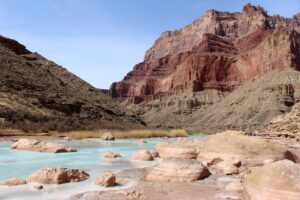-
Investigating germline genetic influence on somatic immune traits in non-cancerous tissues
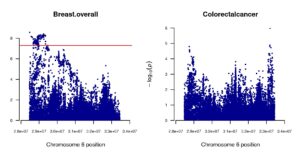
Project Lead: Tabitha Harrison, UW Epidemiology Faculty Advisor: Sara Lindström, Epidemiology Data Science Lead: Vaughn Iverson Cancer is a significant health burden in the US, causing substantial morbidity and mortality. This research project builds on past studies demonstrating that inherited genetic variants can influence how our immune system affects cancer risk and survival. While prior work has linked…
-
Characterizing glacial lake outburst flood hazard at a regional scale using fused InSAR-speckle tracking surface displacement time series
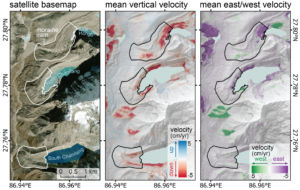
Project Lead: George Brencher, UW Civil & Environmental Engineering Data Science Lead: Scott Henderson Glacial lakes are distributed in alpine terrain worldwide and are frequently dammed by unstable glacial moraines. These moraine dams can fail, causing lakes to rapidly drain and flood downstream valleys. Glacial lake outburst floods (GLOFs) are a significant hazard for high-elevation infrastructure and…
-
Announcing 2023 Seed Grants for AI Projects

The eScience Institute has partnered with the UW Office of Research, the Paul G. Allen School of Computer Science & Engineering, the Information School, and the NSF Institute for Foundations of Data Science (IFDS) to award seed grants to help initiate and support novel collaborations on four projects: Revealing the Hidden Lives of Cryptic Carnivores…
-
UW Receives Honors in 2023 HPCwire Readers’ and Editors’ Choice Awards

The University of Washington and our CloudBank partners at the San Diego Supercomputing Center and UC Berkeley have been recognized in the 20th Anniversary edition of the HPCwire Readers’ Choice Awards, presented at the 2023 International Conference for High Performance Computing, Networking, Storage, and Analysis (SC23), in Denver, Colorado. The list of winners was revealed…
-
Celebrating 15 Years of the eScience Institute
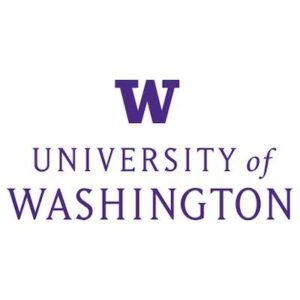
This year we are celebrating the 15th anniversary since the eScience Institute was established at the University of Washington. In the past 15 years, data science tools and methods have become much more widely recognized and utilized in scientific research, as well as areas like medicine, humanities, business, art, and more. To celebrate, eScience will…
-
SSEC Co-awarded NSF Grant for Open Source Workshop
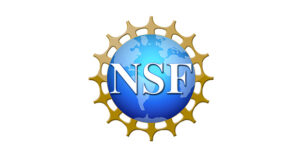
The Scientific Software Engineering Center (SSEC) at the University of Washington has been co-awarded a grant from the National Science Foundation to host a workshop that will explore an open-source development model for public datasets. Data science tools and methods, including AI and machine learning, have the ability to accelerate scientific discovery in a wide…
-
SSEC Learnathon 2023

By: Juliana Kilty, SSEC Student Assistant The Scientific Software Engineering Center (SSEC) held their first Learnathon from September 5th-7th this fall. Participants had the opportunity to explore topics in three general categories: tools, infrastructures, and processes. The Learnathon was conducted in tutorial style, led by SSEC team members with specific expertise. These informative presentations enabled…
-
Data Science Profile: Michelle Ndugulile

By: Louisa Gaylord Michelle Ndugulile (‘23) recently graduated from the University of Washington with a B.S. in Biology and a minor in Data Science. Prior to her undergraduate studies at UW, Michelle was interested in a variety of STEM subjects, such as math, anatomy, and physiology. But it was biology that captured her interest the…
-
Data Science Profile: Ben Roscoe
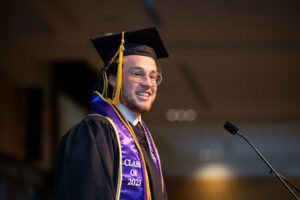
By: Louisa Gaylord Photo credit: Tara Brown Photography The University of Washington launched the Data Science Minor in Fall 2020 to help undergraduate students gain data science skills and literacy to help supplement the area of their major. Since its inception, the minor has been one of the fastest growing programs at UW, as students…

